Insects
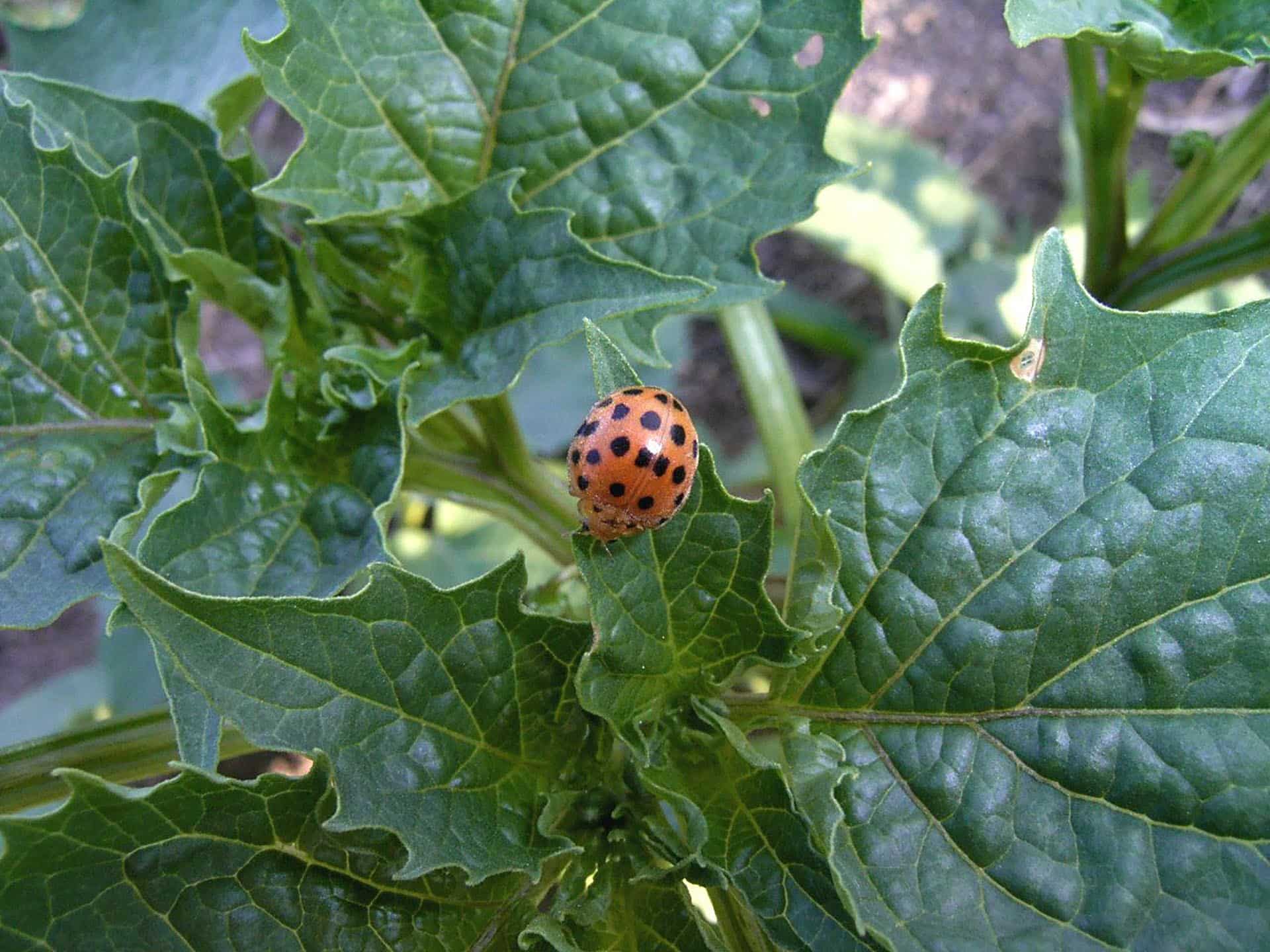
26 & 28 spotted lady beetles
Alternative names: Mexican bean beetle, potato lady beetle
Life Stage: Adult
Size: 7-8 mm
- They are a brown-orange colour with black dots.
- Adult and larvae feed on plants and fruits
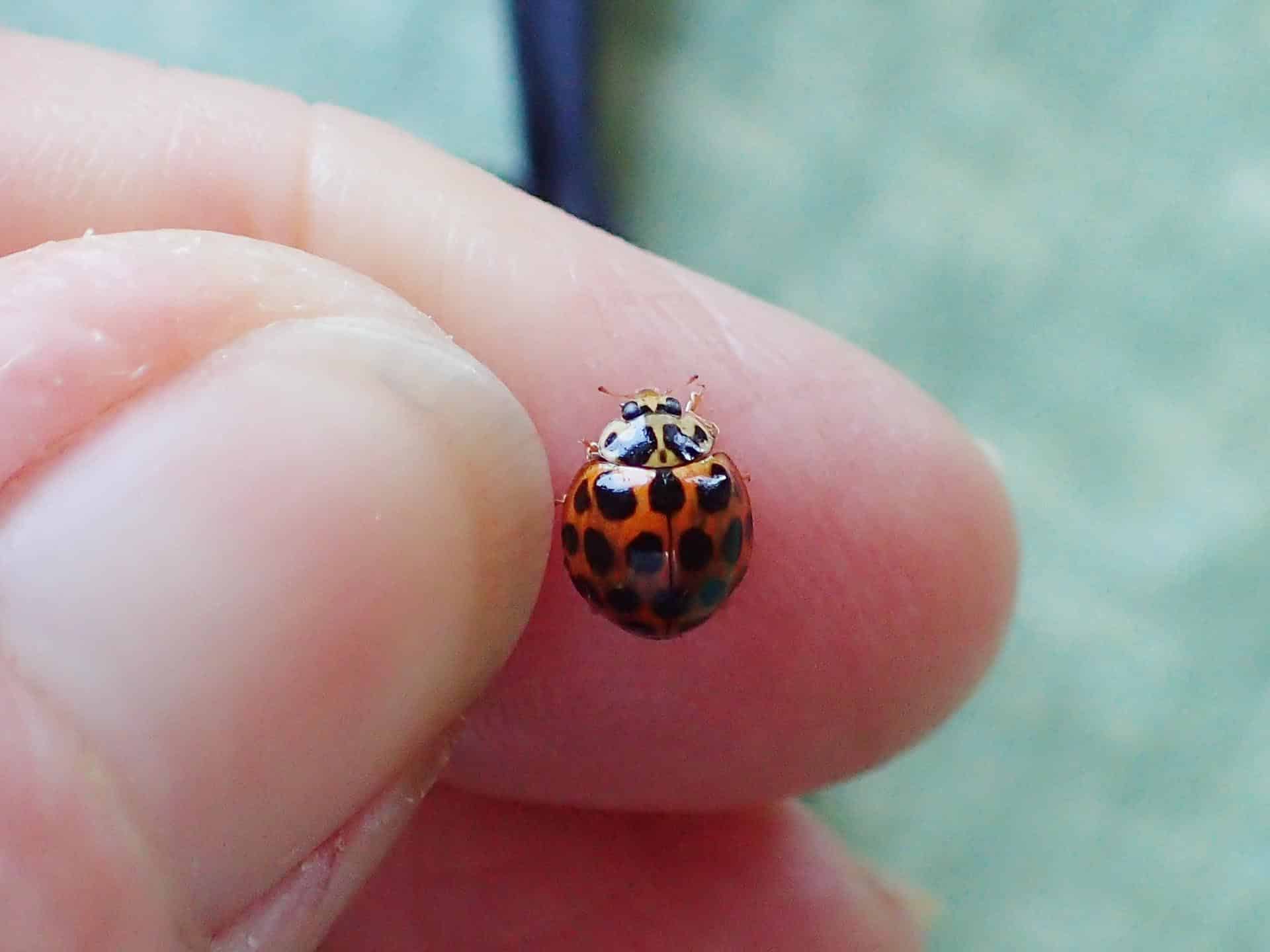
23 spot common lady beetle
Size: 5 mm
Life Stage: Adult
- This lady beetle is bright orange with twenty three spots.
- Both adults and larvae are voracious predators of aphids, mites and scale insects.

9 spotted variable lady beetle
Size: 5 mm
Life Stage: Adult
- An uncommon colour form of the variable lady beetle (Coelophora inaequalis). Very similar colour to 26/28 spot but has only 9 spots.
- Both adults and larvae are voracious predators of aphids, mites, scale insects and mealy bugs.
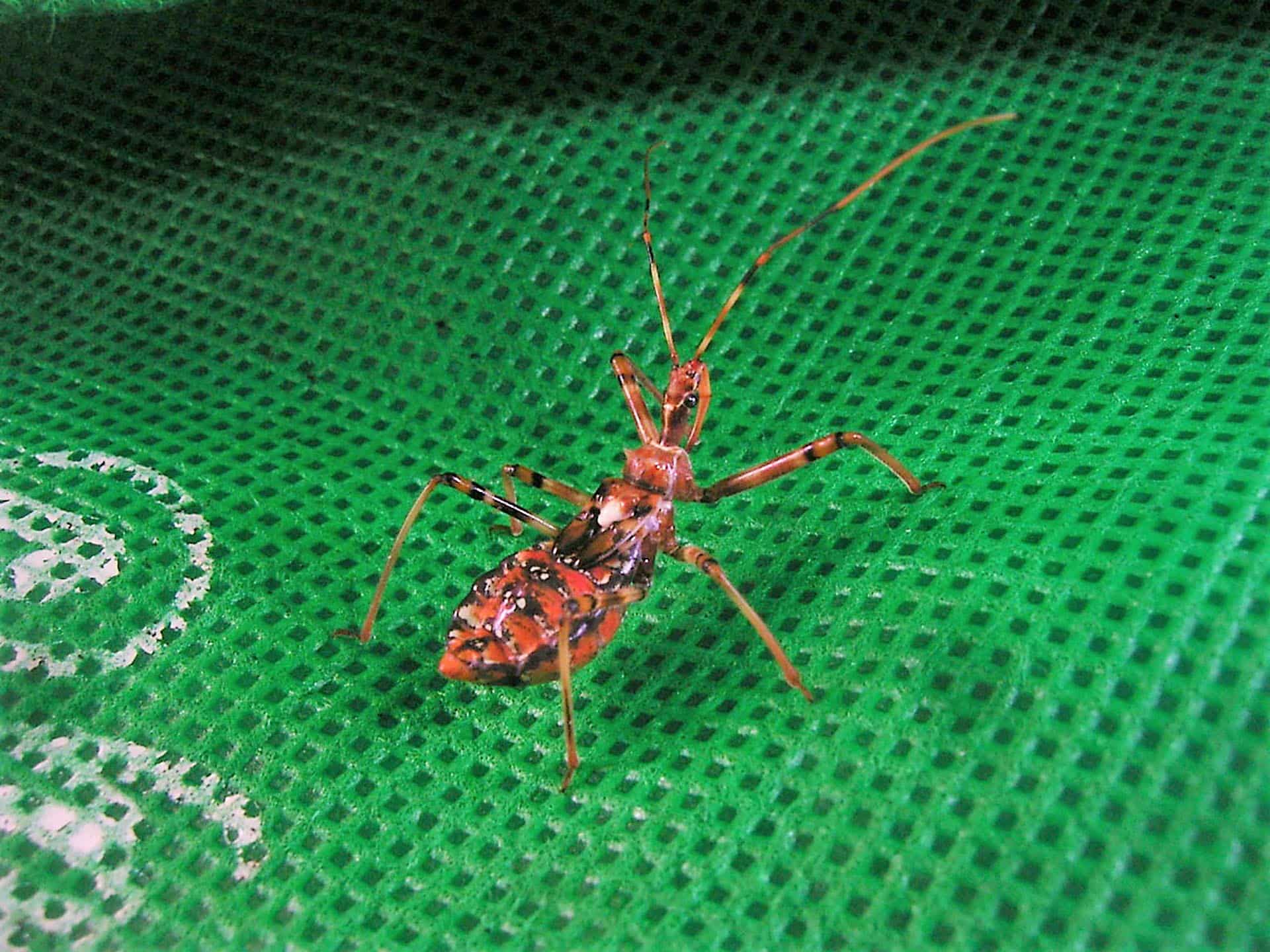
Assassin bug
Size: 4-30 mm
Life Stage: Adult
- They have a skinny neck, small head and conspicuous proboscis or rostrum.
- Assassin bugs feed on many different insects and spiders.

Large brown bean bug
Size: 16-18 mm
Life Stage: Adult
- The female has a dark body with a yellow stripe along each side. The male is slightly smaller and brown with very pale stripes. Both have a spike on each shoulder.
- These are pod suckers and particularly like legumes. They cause developing fruit to dry out and deform.

Garden soldier fly
Size: 12 mm
Life Stage: Adult
- These flies do not have functional mouthparts, thus they do not eat waste or food themselves, feeding on nectar and pollen.
- Larvae feed on decaying plant or animal matter including carrion, manure and plant refuse, thereby converting these organic wastes into high-quality animal protein and returning essential nutrients to the ecosystem.
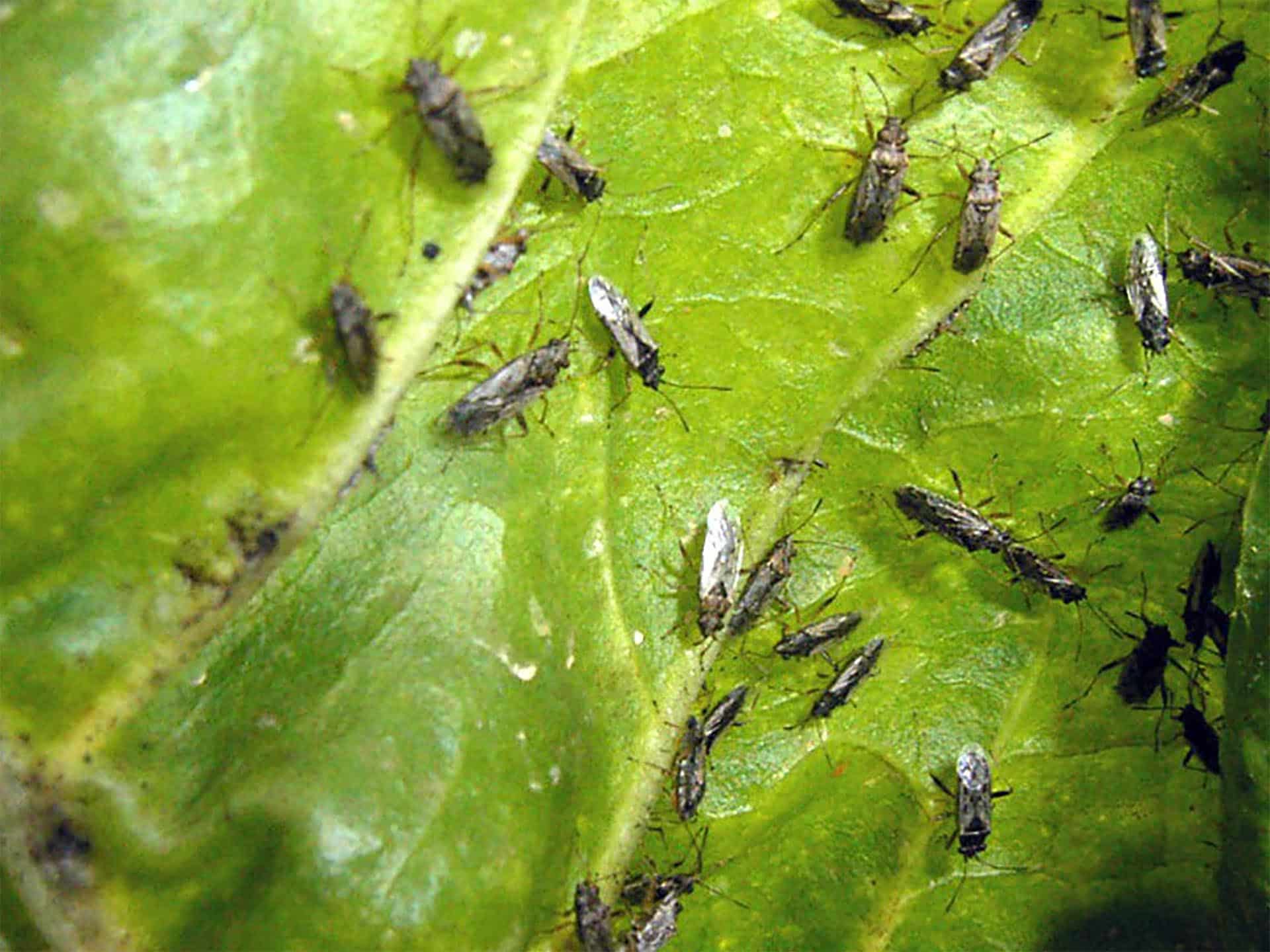
Rutherglen bug and grey cluster bug
Alternative names: milkweed bugs, seed bugs.
Size: 5 mm
Life Stage: Adult
- Theses bugs are sap suckers and get into the heads of flowers, particularly sunflowers.
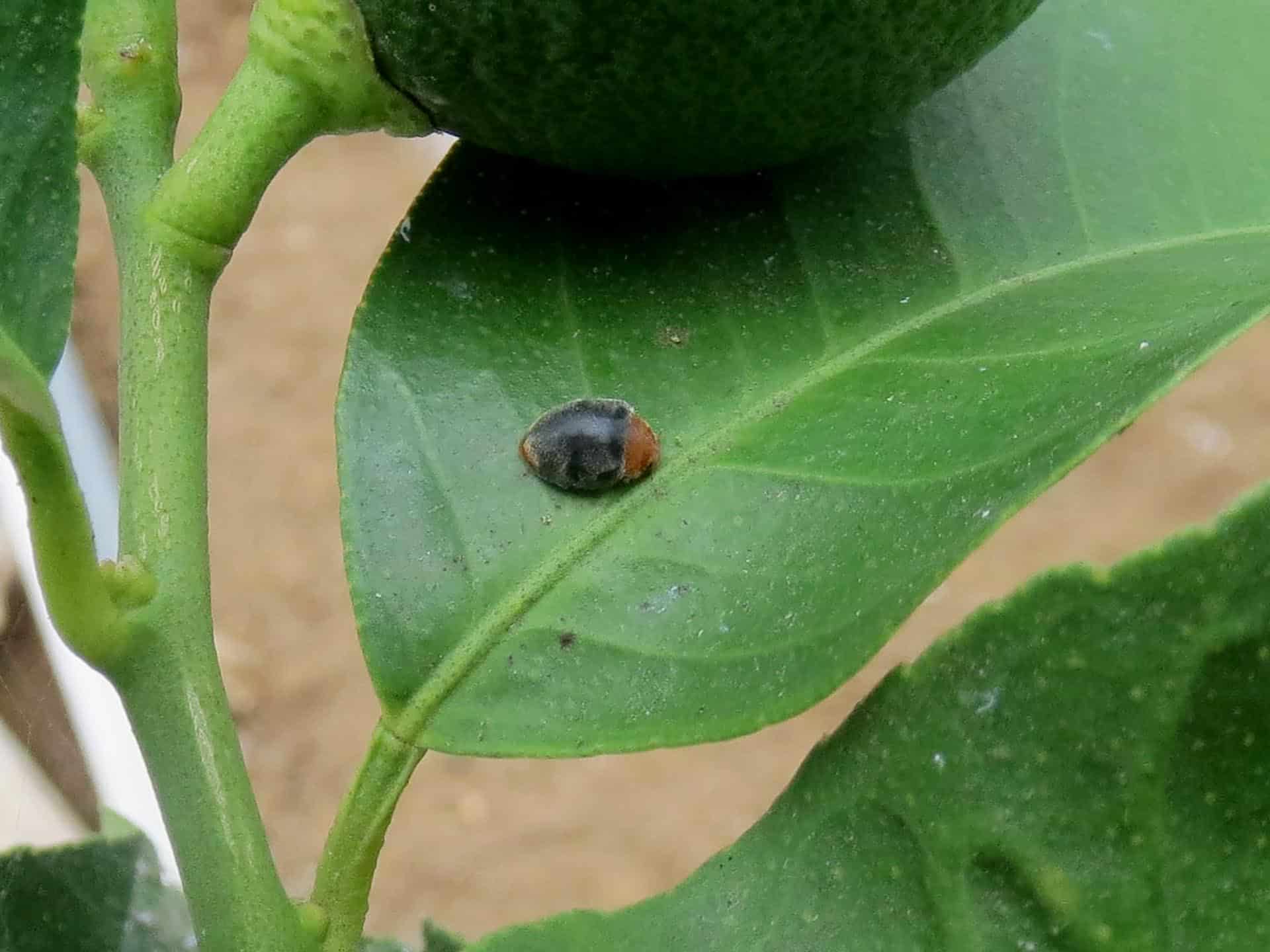
Mealy bug destroyer lady beetle
Size: adult 4 mm, larvae 12 mm
Life Stage: Adult
- The larvae look a lot like the mealy bugs they feed on but they are larger.
- Mealy bug destroyer prefers to eat mealy bugs but, if these are in short supply, it will eat aphids and scale.
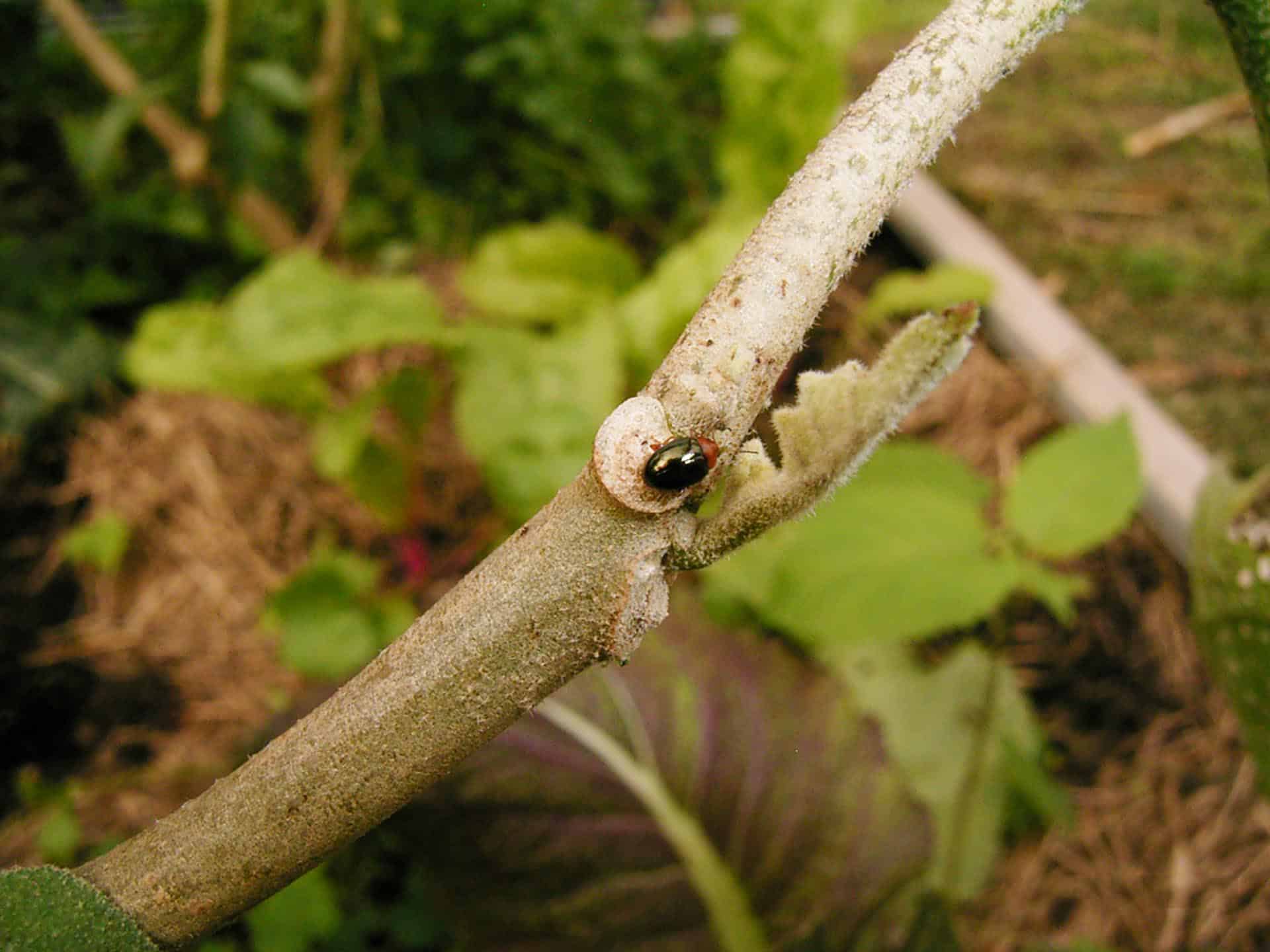
Flea beetle
Size: 2-4 mm
Life Stage: Adult
- They have very powerful hind legs and when disturbed will jump just like a flea. Most have a metallic colouring.
- The beetles chew small holes in leaves giving them a lacy effect. They feed on a range of vegetable plants

Orange caterpillar wasp
Size: 18 mm
Life Stage: Adult
This wasp lays eggs on caterpillars, close to the head. It has the long slender abdomen of many ichneumon wasps and is bright orange.

Giant orange lacewing
Size: 30 mm
Life Stage: Adult
This large lacewing is bright orange with dark bands on its lower abdomen. It has large dark blue eyes and very large lacy wings. The ferocious larvae have strong jaws and feed on whatever insects it can catch.

Ants
Life Stage: Adult
- Ants are scavengers and collect debris which is then recycled back into the soil. They also gather small pests such as caterpillars and other larvae to take back to their nests.
- However, they are pest when they “farm” and protect scale and aphids.
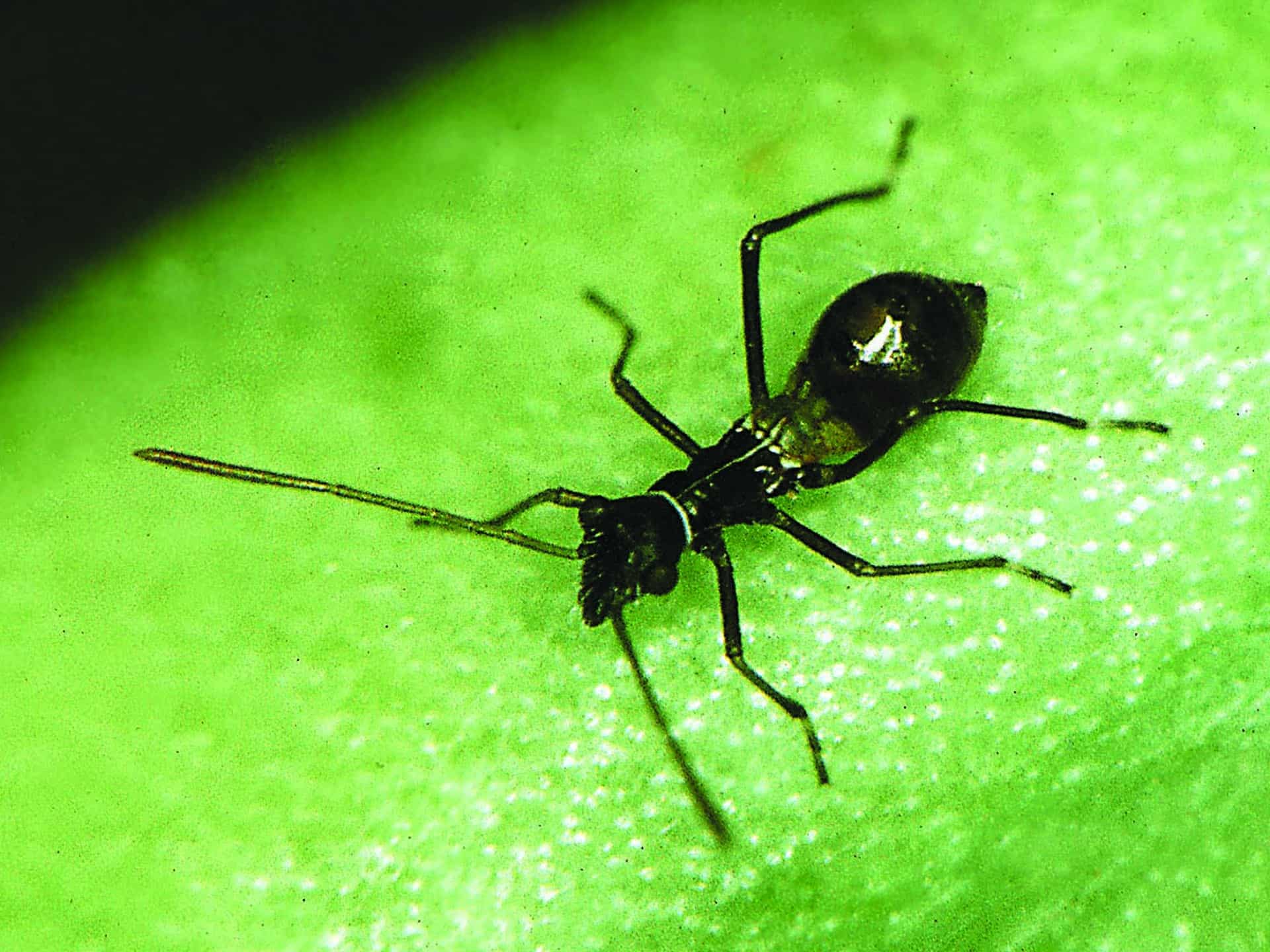
Broad-headed bug
Size: 10-12 mm
Life Stage: Nymph
- They have a distinctive broad, triangular head, prominent eyes, a slender body and many have long thin legs. Early instars mimic ants but they do not have the definite body divisions and their rostrum is still visible.
- Adults and nymphs feed on seeds and pods, sucking the juice out of them, which causes them, to become deformed as they grow.

Mealy bug destroyer lady beetle
Size: adult 4 mm, larvae 12 mm
Life Stage: Larva
- The larvae look a lot like the mealy bugs they feed on but they are larger.
- Mealy bug destroyer prefers to eat mealy bugs but, if these are in short supply, it will eat aphids and scale as well.

Mealy bug
Size: 4 mm
Life Stage: Adult
- These are a soft-bodied scale, covered with a white ‘mealy’ (waxy) coating, that usually live in small colonies.
- They suck sap from plants and secrete honeydew which attract ants

26 & 28 spotted lady beetles
Alternative names: Mexican bean beetle, potato lady beetle
Size: 7-8 mm
Life Stage: Larva
- Adults are a brown-orange colour with black dots.
- Adult and larvae feed on plants and fruits.
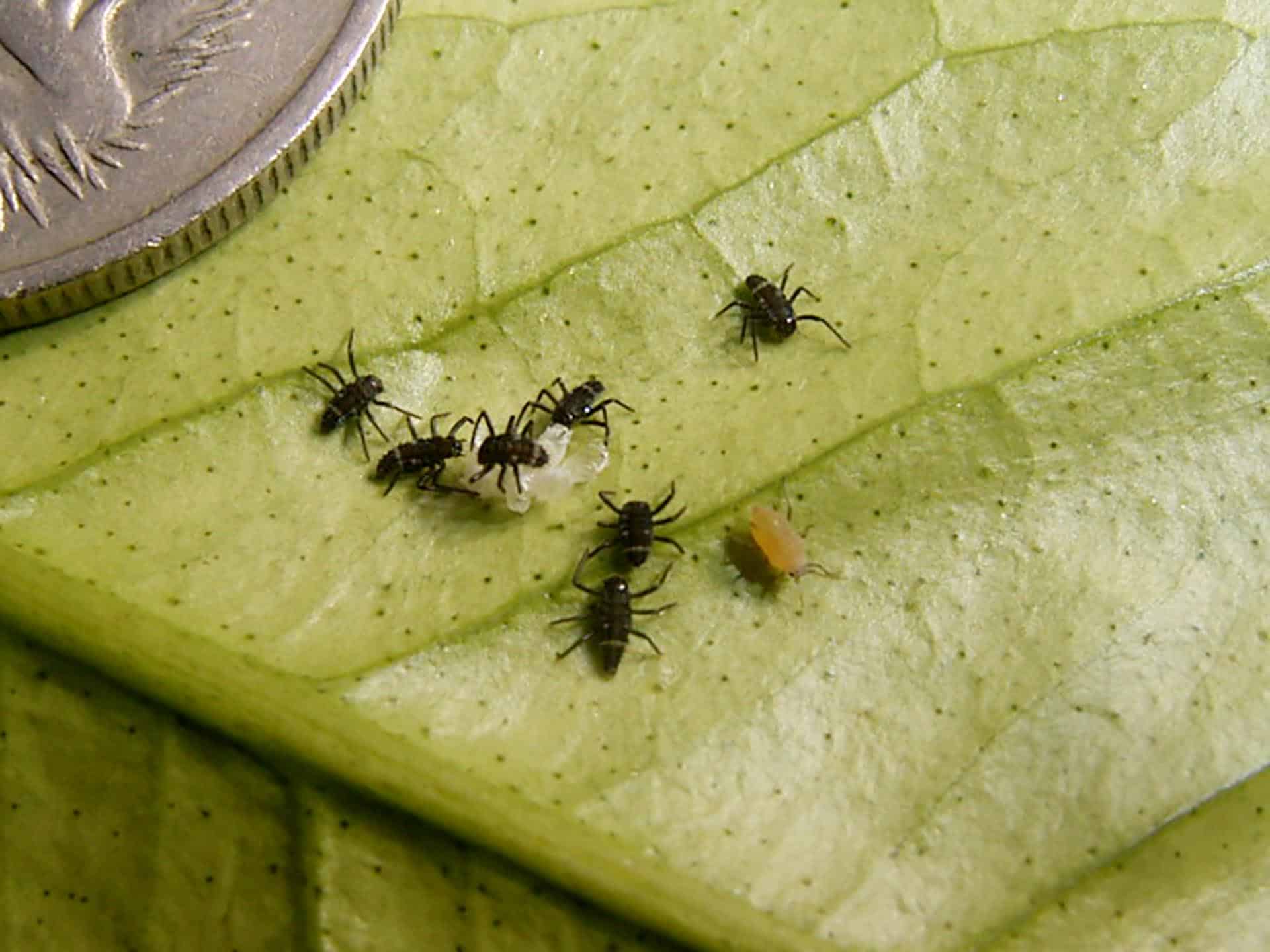
Beneficial lady beetles
Size: 0.8-10 mm
Life Stage: Larva
- Both adults and larvae are voracious predators of aphids, mites, scale insects and mealy bugs
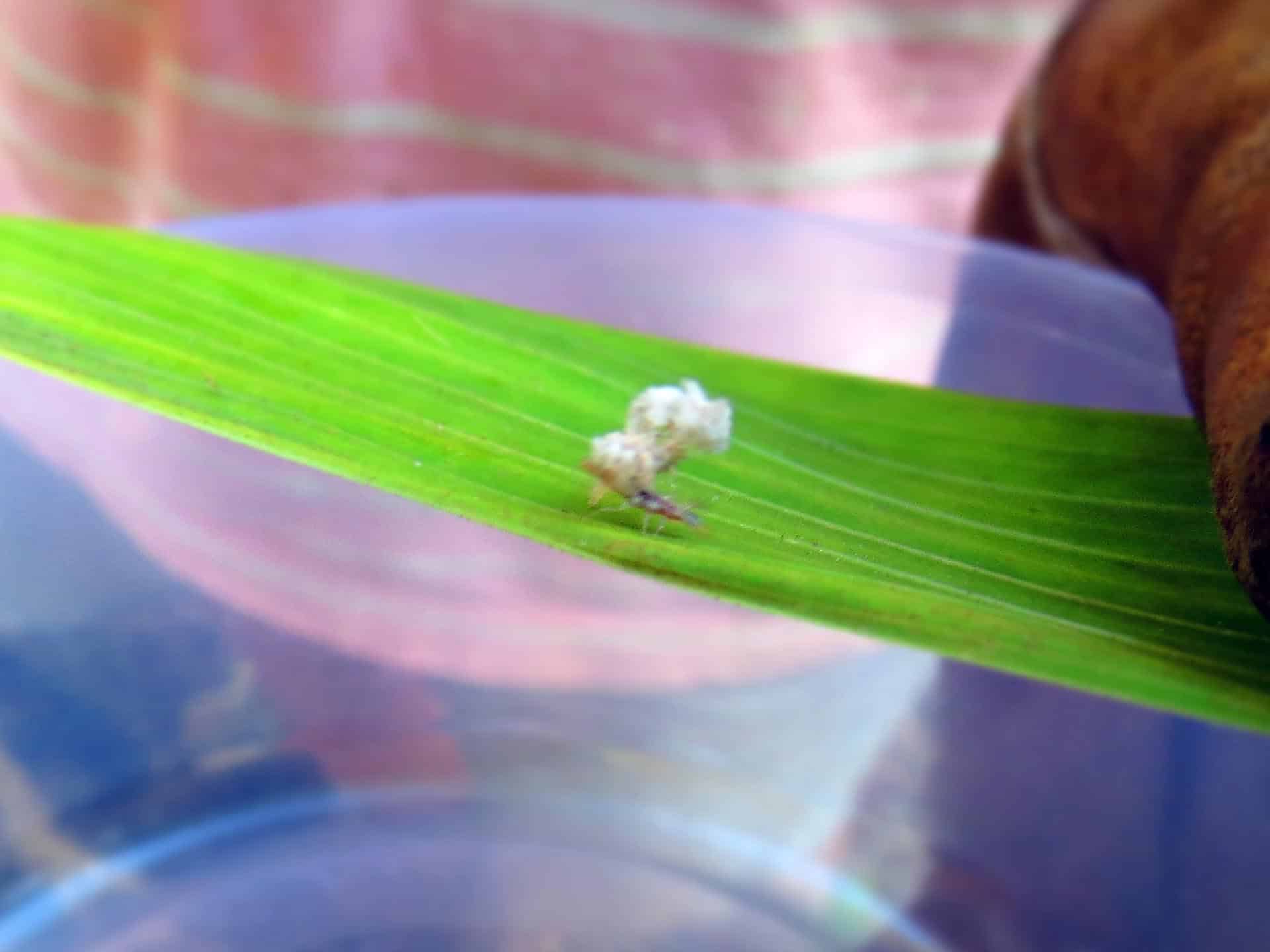
Green lacewing
Size: 4 mm
Life Stage: Larva
- The larvae are a light colour, long and crocodile like, and will camouflage themselves, usually with the remains of their prey.
- They have impressive jaws and feed on thrips, mites aphids, mealy bugs, moth eggs and small caterpillars.

Cottony cushion scale
Size: 10-15 mm
Life Stage: Adult
- The mature adults are an orange-brown with a softer white fluted covering which is actually an egg sack.
- They will suck the sap of a plant, which can severely affect its growth, weakening it and distorting the new growth. Heavy infestations can severely affect the health of the plant.
- These scale secrete honey dew which attracts ant.
- They attack a wide range of plants and are very common on citrus trees.
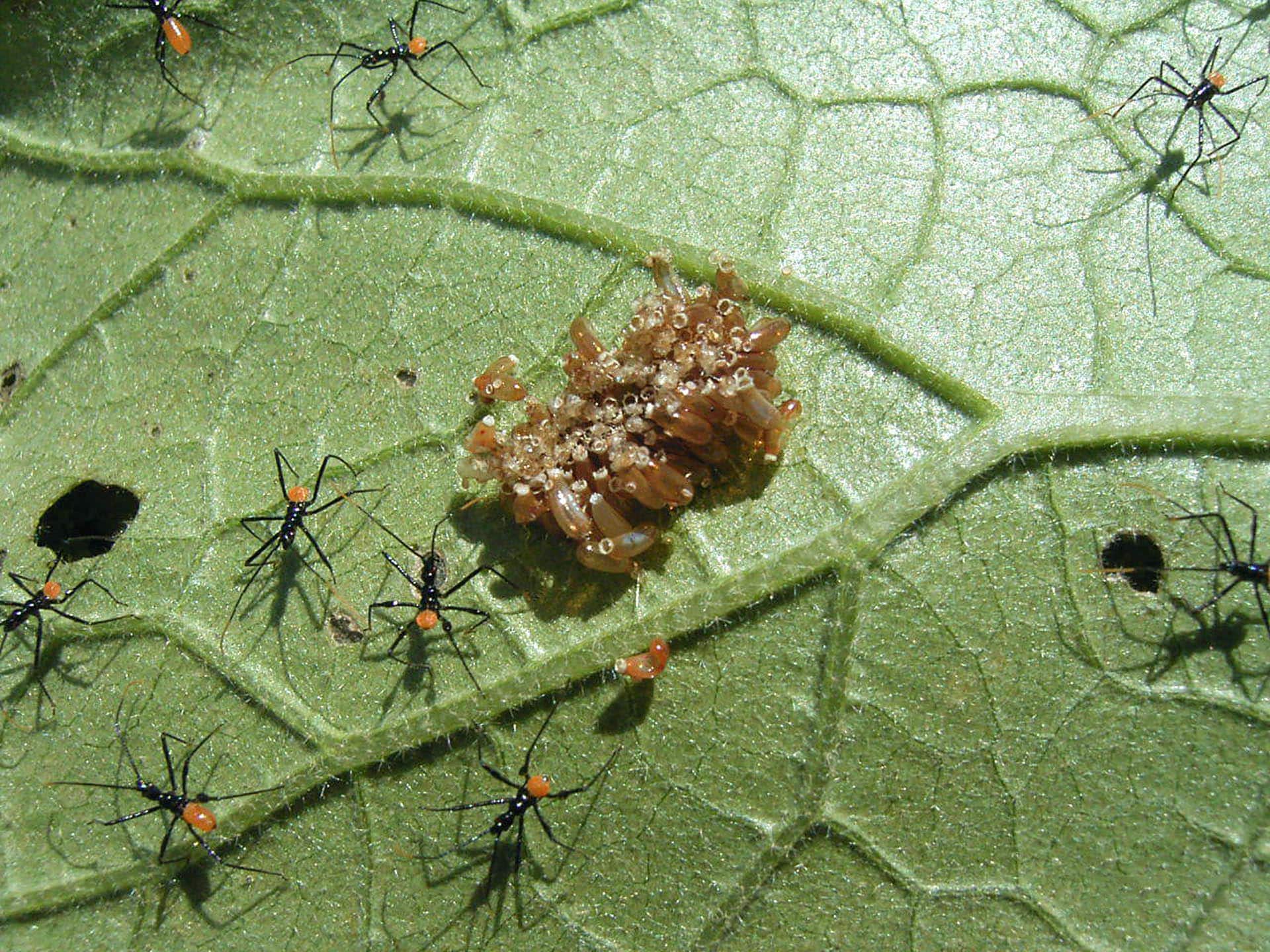
Assassin bug
Size: 4-30 mm
Life Stage: Nymph
They have a skinny neck, small head and conspicuous proboscis or rostrum.
Assassin bugs feed on many different insects and spiders.

Leaf-footed bug
Size: 7-45 mm
Life Stage: Nymph
These bugs have a structure on their hind legs that looks like a leaf. This can be quite big and elaborate and can also be very colourful in some species.
Leaf-footed bugs pierce and suck the soft young pods of plants, causing them to become dry and deformed as they harden.

Assassin bug
Life Stage: Nymph
Size: 4-30 mm
- They have a skinny neck, small head and conspicuous proboscis or rostrum.
- Assassin bugs feed on many different insects and spiders.
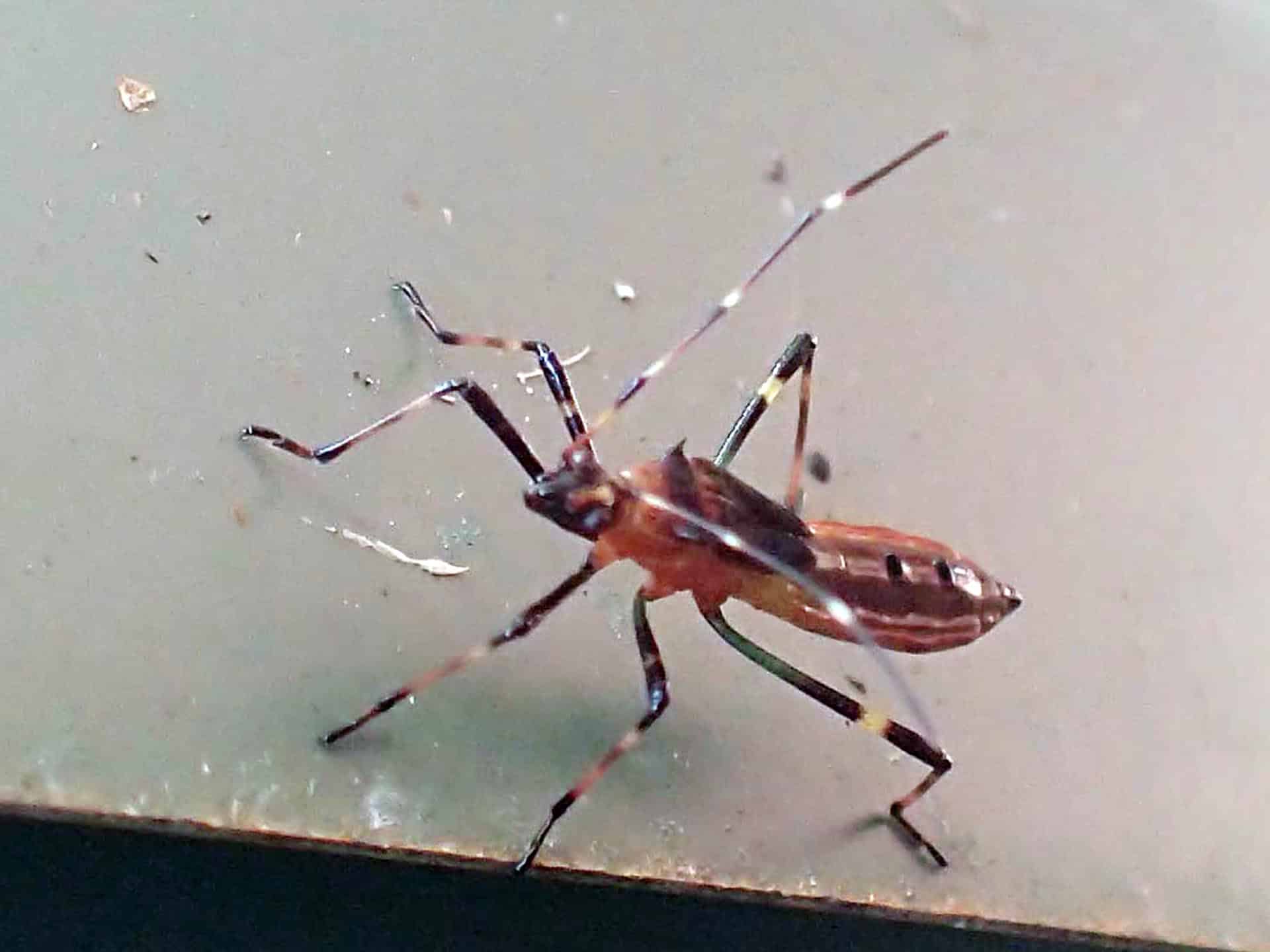
Broad-headed bug
Size: 10-12 mm
Life Stage: Nymph
- They have a distinctive broad, triangular head, prominent eyes, a slender body and many have long thin legs.
- Adults and nymphs feed on seeds and pods, sucking the juice out of them, which causes them, to become deformed as they grow.

Leaf-footed bug
Size: 7-45 mm
Life Stage: Nymph
- These bugs have a structure on their hind legs that looks like a leaf. This can be quite big and elaborate and can also be very colourful in some species.
- Leaf-footed bugs pierce and suck the soft young pods of plants, causing them to become dry and deformed as they harden.

Spined shield bug
Size: 12 mm
Life Stage: Nymph
- The nymphs are dark with a circular red marking on the lower back.
- The adults are grey with dark markings, and a white patch above a black shield-shaped marking at the tip of its wings. They get their name from the prominent horn-like structures that grow outwards from each shoulder.
- Adults and nymphs feed on other insects.

Green vegetable (veggie) bug
Size: 12 mm
Life Stage: Nymph
- The nymphs start off orange and brown with later nymphs becoming black with white and orange markings, then gradually becoming greener with each instar.
- Both nymphs and adults have piercing and sucking mouth parts and they attack developing fruit.
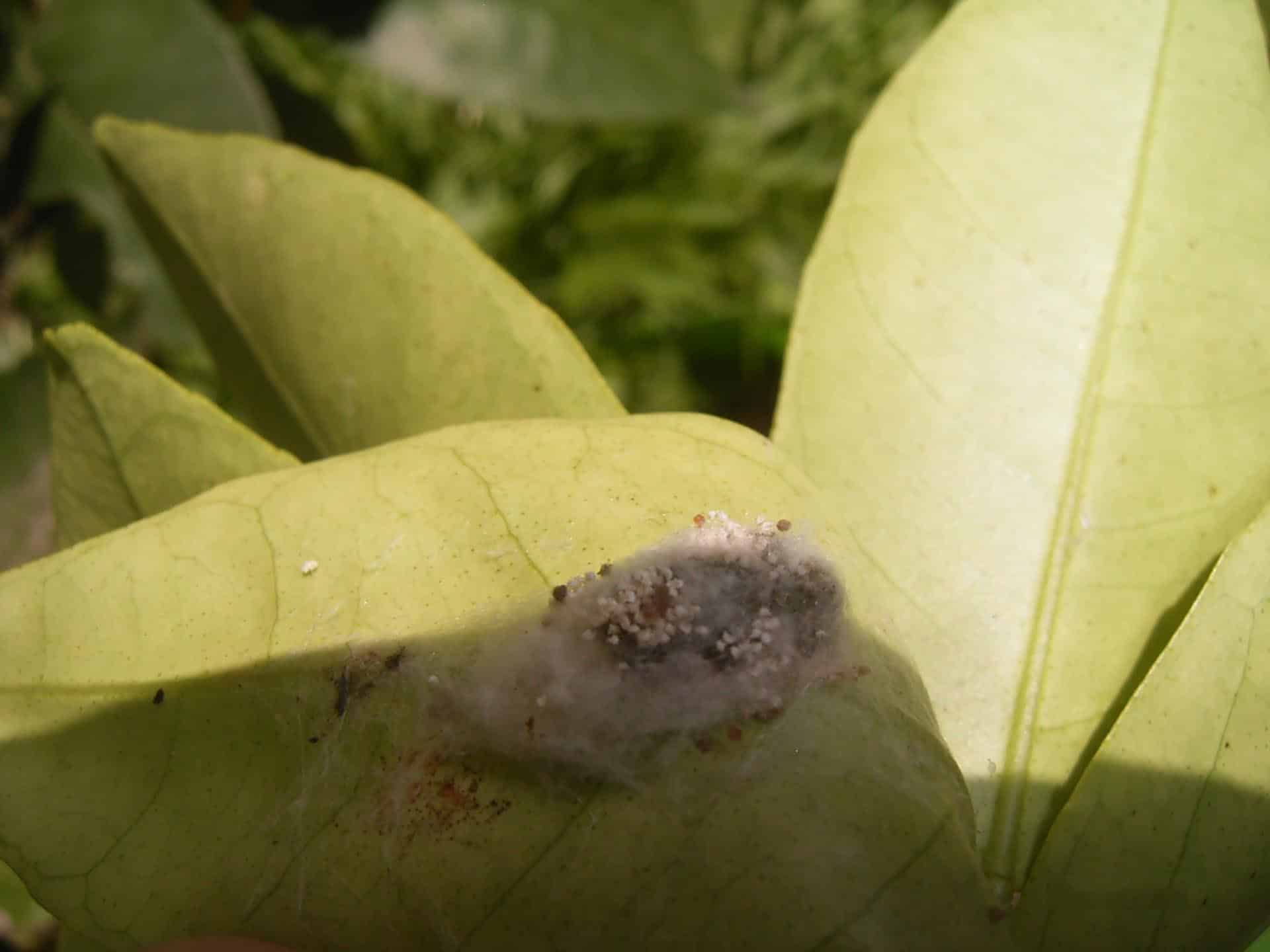
Spiders
Life Stage: Eggs
All spiders are hunters. Unfortunately they catch the good guys as well as the bad, but nevertheless they help to keep pest numbers down. As well as the web-making spiders there are those that hunt insects on the leaves and flowers of plants.

Caterpillars
Life Stage: Eggs
Caterpillars are the larvae of moths and butterflies. They are pests because they eat the leaves of crop plants.
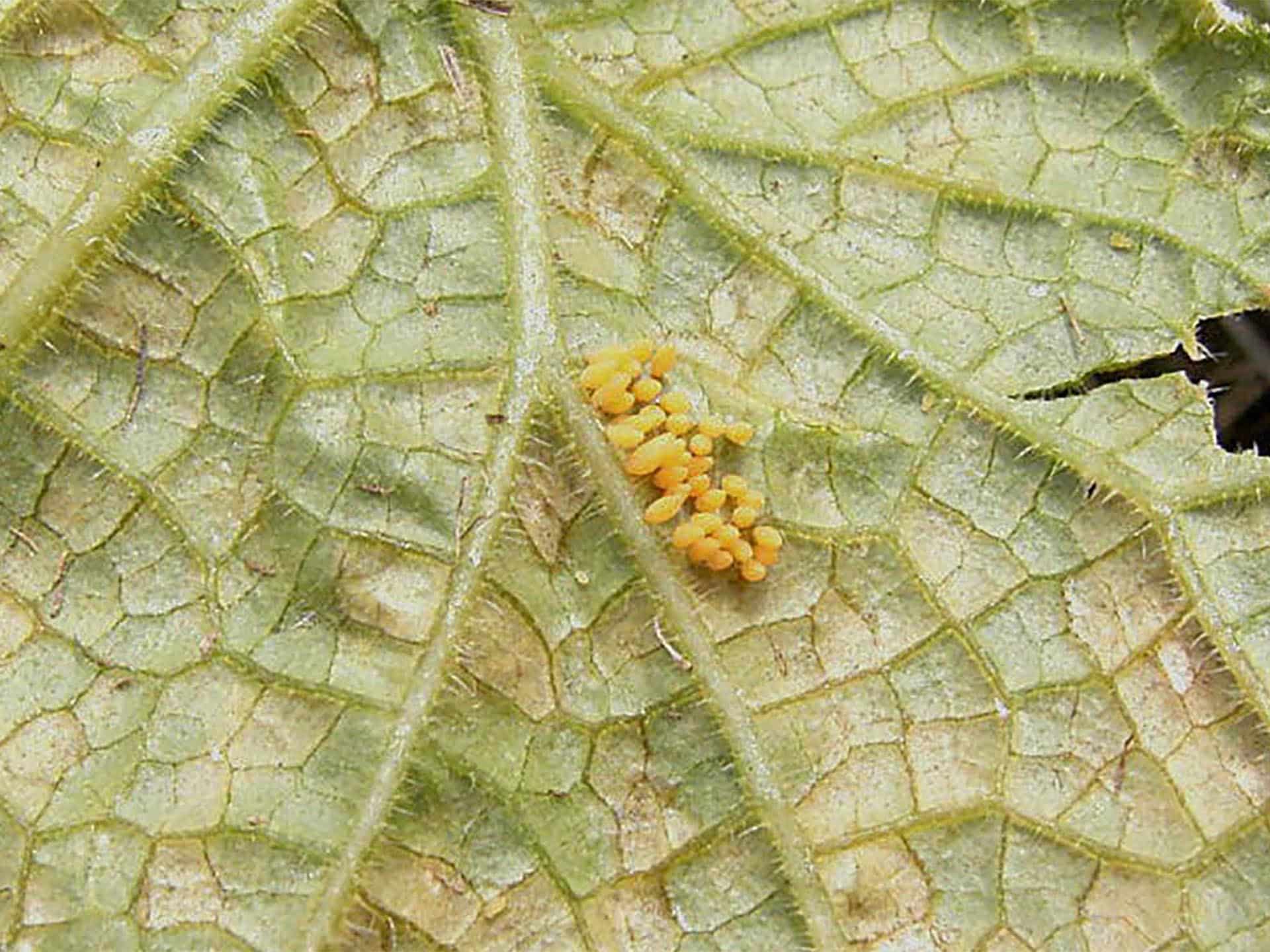
26 & 28 spotted lady beetles
Alternative names: Mexican bean beetle, potato lady beetle
Life Stage: Eggs
Size: 7-8 mm
- Adults are a brown-orange colour with black dots.
- Adult and larvae feed on plants and fruits.
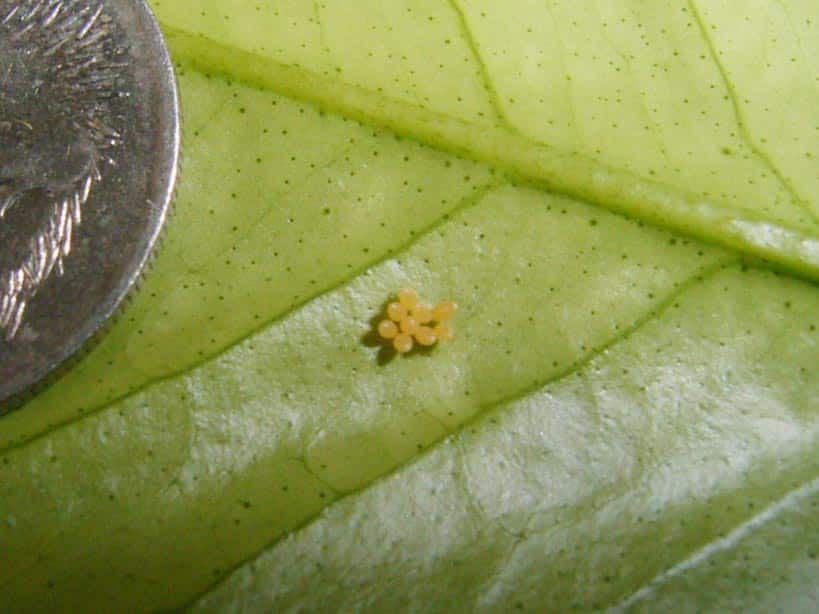
Beneficial lady beetles
Life Stage: Eggs
Size: 0.8-10 mm
- Both adults and larvae are voracious predators of aphids, mites, scale insects and mealy bugs

Glossy shield bug
Life Stage: Eggs
Size: 12 mm
- The eggs are laid in a ‘raft’ formation. They are black with small ‘spines’ around the edge.
- The adults and nymphs feed on soft-bodied insects.
- The adult is shield- shaped and shiny brown with dark or small yellow markings on the back.
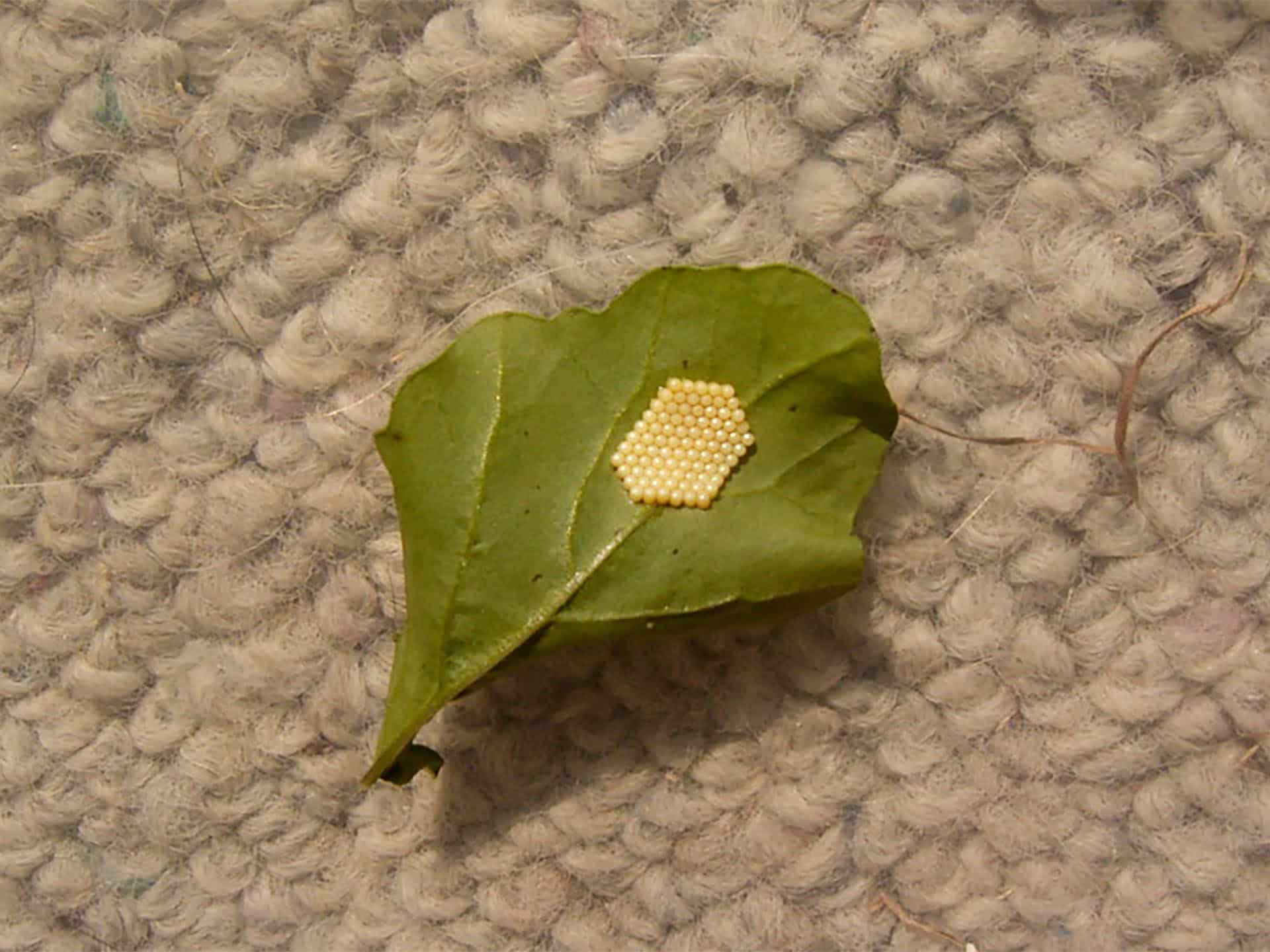
Green vegetable (veggie) bug
Life Stage: Eggs
Size: 12 mm
- Eggs are laid in rafts.
- Both nymphs and adults have piercing and sucking mouth parts and they attack the developing fruit. This causes it to become misshapen and dry as it grows, resulting in poor quality produce.

